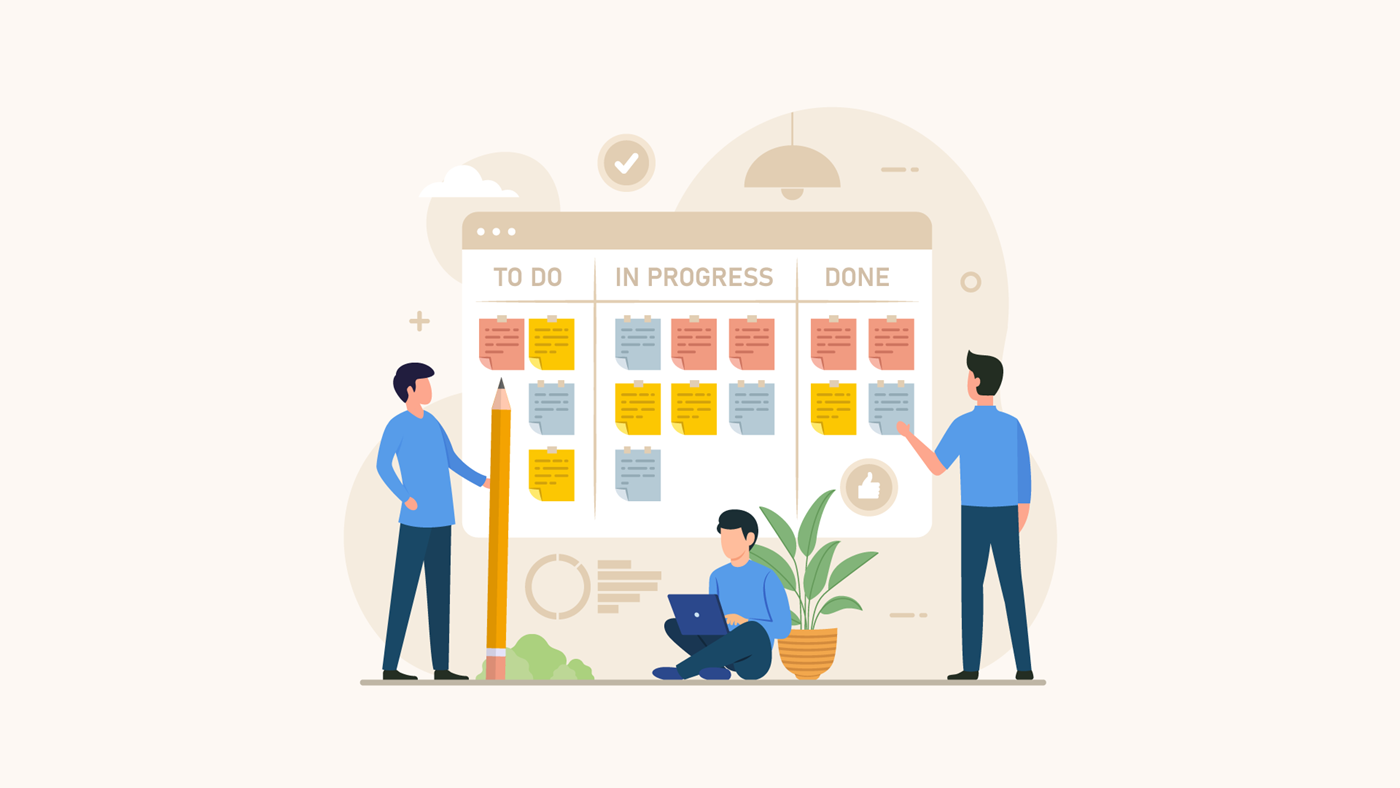Elevating Platform Engineering with Business-Centric Observability
- Feb 28, 2024
- Blogs
- 5 min read
Shaping the Role of Business Context for Platform Engineers in Contemporary IT Systems
Platform engineering involves designing and maintaining the underlying infrastructure for applications, and observability serves as a key mechanism for platform engineers to understand, monitor, and optimize system behaviour. With the shift to cloud, microservices and virtualization, observability platforms have proven to be critical components in modern platform engineering, offering a holistic and real-time view of complex systems. By incorporating these platforms, engineers gain insights into various aspects of the platform, including performance metrics, error rates, and the interdependencies between different components. As technology landscapes become increasingly interconnected, observability emerges as an indispensable tool, empowering platform engineers to build resilient and high-performing systems.
Observability platforms score over traditional APM (Application Performance Management) tools in many ways, the most significant being proactive issue detection and resolution, more effective troubleshooting and root cause analysis, and unified views across disparate data silos. However, a crucial piece of the puzzle is still missing: business context.
As the emphasis on optimizing customer experiences becomes increasingly important, business-centric observability is that missing puzzle piece that can solve two pressing challenges platform engineers are facing today:
- Providing a clear understanding of how changes or anomalies in one part of the system can impact the user experience.
- Planning deployments and releases as well as system capacity with insight into future business plans and user expectations.
In this article, we explore the game-changing impact of business-centric observability on your platform engineering function, demonstrating its pivotal role in enhancing your organization’s operational success.
Transitioning to Business-Centric Observability
Business-centric Observability overhauls operations and engineering teams to be more efficient, more connected to the business, and more cost-effective. It is a shift in methodology where real-time monitoring of end-to-end business journeys and associated performance through business metrics is at the core of operations.
Current observability platforms perform system-level monitoring, which is, of course, needed; but is not always kept in the context of business and user experiences. Business-centric Observability captures each business journey across every touchpoint in the application in real-time, associated 3rd party API interfaces, and connects business metrics as a comprehensive measurement of user experience with system and application performance. In essence, it focuses on data that matters.
This is especially critical for platform engineering teams since they cannot operate independently of business considerations. The knowledge of which business journeys are likely to be impacted by changes in the system, which users are likely to be affected if any node/service faces unexpected downtime due to poor deployment decisions, and where additional capacity needs to be allocated to accommodate business initiatives like seasonal demand fluctuations, product launches, marketing campaigns, and unexpected traffic surges from a specific merchant, is imperative for platform engineering teams to deliver seamlessly.
Here is a comparison between Traditional vs. Modern Platform Engineering with Business-Centric Observability
| Traditional Platform Engineering | With Business-centric Observability | |
| Siloed Information | Multiple disjointed tools for monitoring, logging, tracing may operate in silos, leading to fragmented information that hinders comprehensive insights. | Business-centric observability integrates data from various sources, creating a unified view that bridges the gap between technical and business metrics. This integration allows for a more holistic understanding of system behaviour. |
| Cross-functional Collaboration | Collaboration between technical and business teams may be limited with traditional observability tools, leading to challenges in understanding and addressing business-impacting issues. | Development, operations, and business teams are aligned on the impact of technical performance on business processes due to a shared understanding of business journeys. |
| Focus on technical metrics | Traditional observability platforms may focus primarily on technical metrics without a clear connection to business outcomes. | Business-centric observability ensures that technical metrics are correlated with business KPIs, allowing platform engineers to understand the business impact of technical changes and prioritize optimizations based on overall business objectives. |
| Release Planning | Observability platforms may not provide sufficient insights into how changes may impact the overall business process, leading to challenges in release planning. | Business-centric observability provides insights into the potential impact of releases on user interactions and business processes. This information enables more informed release planning and reduces the risk of negatively affecting the customer experience. |
| Adapting to Business Changes | Traditional observability tools may not provide the agility needed to adapt quickly to changing business needs and user expectations. | Business-centric observability offers quick adaptation to changes by providing insights into the impact on the business journey. This ensures that technical initiatives like configuration changes, maintenance downtime and capacity management align with evolving business requirements. |
A Glimpse into the Future of Platform Engineering with Business-Centric Observability
Informed Release Planning:
Platform engineers will make more informed decisions during release planning, considering the potential impact of changes on user interactions and overall business processes. This foresight will contribute to smoother releases with minimized disruptions to the customer experience.
Adaptability to Changing Business Needs:
Engineers will leverage real-time insights into the business journey to ensure that technical initiatives like capacity planning, dynamic resource provisioning, onboarding new services and APIs, and interfacing with external APIs align seamlessly with evolving business requirements.
Continuous Improvement Culture:
Business-centric observability will contribute to a culture of continuous improvement within platform engineering teams. Engineers will actively use data-driven insights to identify opportunities for optimization, efficiency gains, and enhancements to overall system performance.
Strategic Technology Adoption:
Platform engineers will play a strategic role in the adoption of emerging technologies. They will evaluate and integrate new tools and practices that align with both technical and business objectives, ensuring that the technology stack remains innovative and competitive.
Efficient Resource Allocation:
Platform engineers will optimize resource allocation based on business priorities. They will leverage observability insights to allocate resources effectively to ensure that investments align with business goals, optimize customer experiences, and contribute to overall organizational success.
Conclusion
Business-centric observability addresses gaps in traditional observability platforms by integrating technical and business metrics, helping platform engineers align their efforts with broader business objectives, thereby enhancing the efficiency and effectiveness of technical operations.













